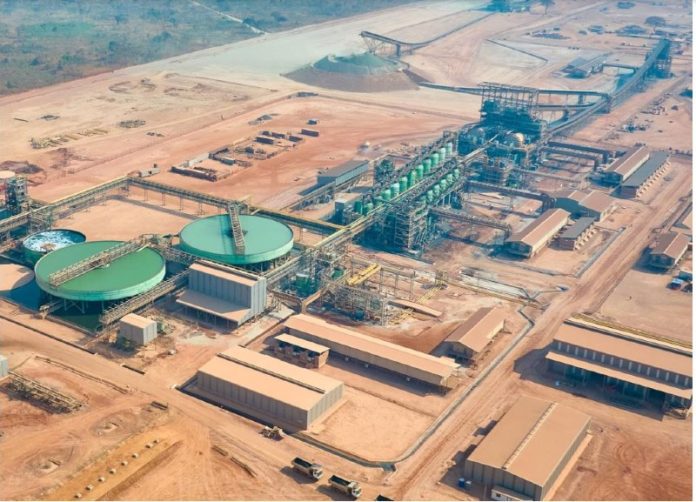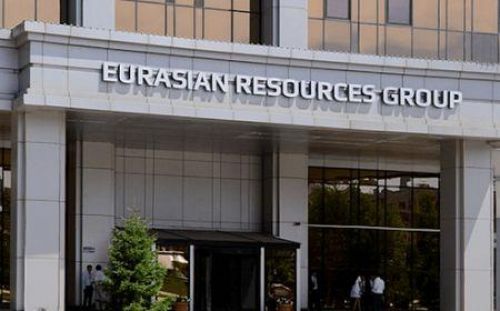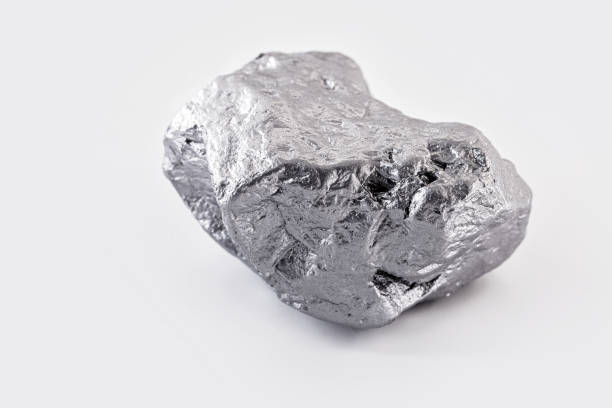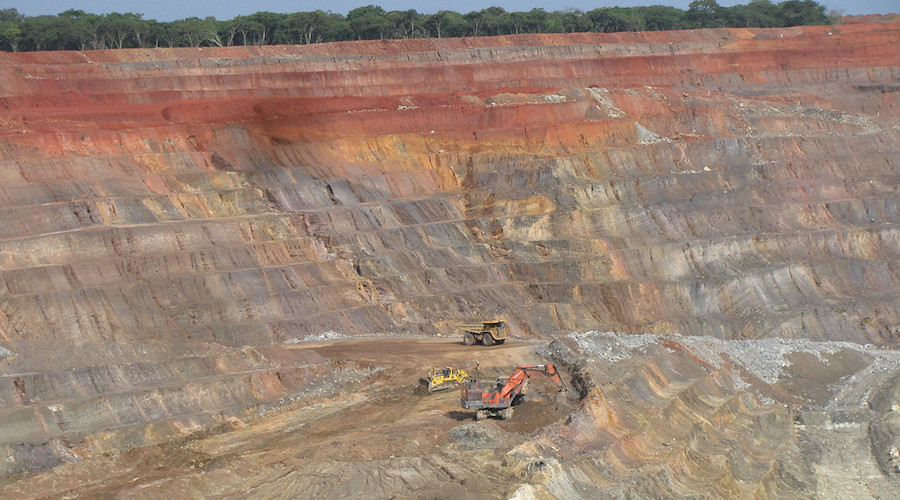Base Metals

Advanced geophysical interpretation identifies high-priority drill targets at URU’s South African project

The results confirm key elements of Zeb’s exploration model, pointing toward a conduit-style magmatic sulphide system with striking similarities to the well-known Uitkomst Complex, which is a nickel-producing deposit in South Africa associated with the Bushveld Complex, and formed through the accumulation of dense sulphide minerals at the base of an ultramafic intrusion, the company points out.
“This interpretation marks a significant milestone in the development of the Zeb project as announced on April 11. The newly identified targets validate our model of a dynamic magmatic plumbing system with potential for sulphide accumulation along feeder conduits and in reactive footwall lithologies.
“These are precisely the kinds of structural and lithological settings associated with high-grade mineralisation at analogous deposits such as Uitkomst and Platreef. The results provide a clear framework to drill both the known nickel-PGE mineralisation in Zone 2 and test new, high-impact massive sulphide targets in what we define as Zone 3,” Zeb exploration VP Richard Montjoie explains.
Several strong gravity and magnetic anomalies were identified beneath and adjacent to the Uitloop I and II intrusions.
New data supports a vertically stacked system with a potential conduit linking Uitloop I and II – a key focus for future drilling.
Gravity modelling has identified dense zones about 100 m to 800 m below surface, suggesting untested high-grade sulphide potential at depth.
Magnetic-gravity anomalies up to 1 km from known intrusions suggest additional feeder zones or apophyses, thereby enhancing the district-scale potential.
The Uitkomst Complex is a known nickel/copper/PGE deposit with considerable sulphide mineralisation hosted in a tubular ultramafic intrusion emplaced into dolomite and shale.
These intrusions act as magma conduits, where heavy sulphide liquids sink and accumulate along the base of the intrusion or at structural traps.
This style of mineralisation typically produces high-grade sulphide accumulations containing nickel, copper, cobalt and PGEs.
Before mining ceased, the Uitkomst Complex hosted a resource of about 3.7-million tonnes grading 2% to 2.5% nickel and 1% copper, with minor cobalt and PGE credits.
The overlying disseminated sulphide deposit, known as the main mineralised zone, was significantly larger, with an estimated resource of about 140-million tonnes at 0.3% nickel and 0.15% copper, also containing minor cobalt and platinum group metal credits.
The Zeb project exhibits many of these same geological hallmarks with a vertically stacked intrusion system, reactive footwall rocks (dolomite, shale), evidence of feeder conduits and historic intercepts of PGE/nickel/copper in the footwall.
These newly defined targets not only confirm the presence of Platreef-style mineralisation in Zone 2, but also highlight the potential for high-grade, conduit-hosted sulphide bodies in Zone 3, analogous to the Uitkomst Complex, URU highlights.
This dual geological model enhances Zeb’s prospectivity and will directly inform the upcoming drill strategy, which is designed to test both disseminated and massive sulphide zones, it adds.
Immediate next steps include 3D integration, with GeoFocus providing full 3D magnetic and gravity models for integration into Zeb’s geological database.
Also, a list of top-priority targets is being finalised, focused initially on zones with overlapping gravity and magnetic signatures.












